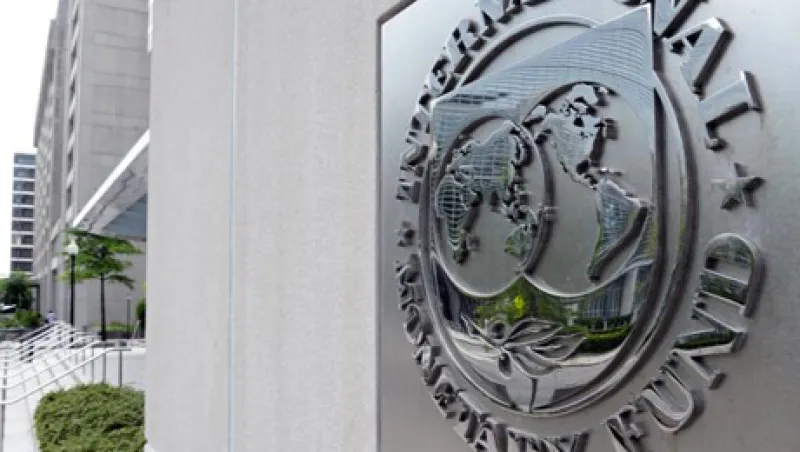
Senior IMF economist André Oliveira Santos, a senior economist at the Washington, D.C.–based organization, and Douglas Elliott, a fellow at the Brookings Institution and an IMF consultant, estimate that in the long term average bank lending rates are likely to increase by 28 basis points in the U.S., by 17 basis points in Europe and by 8 basis points in Japan. “Banks appear to have the ability to adapt to the regulatory changes without actions that would harm the wider economy,” they wrote in the staff discussion note, which does not necessarily represent the views of the IMF, published September 11.
By contrast, the banking industry’s lobbying group, the Institute of International Finance (IIF) in Washington, argued in a published report that the price of credit in the U.S. would increase by 5 percent on average over 2011–'15, while GDP would shrink by 3 percent over the same period. Research by other institutions in the past two years, notably the Organization for Economic Cooperation and Development, in Paris, and the Bank for International Settlements, in Basel, has also suggested that costs will climb much higher, even if they discounted any major economic impact.
| Cumulative Impact of Regulatory Reforms on Lending Rates (In basis points) | |||
| Europe | Japan | U.S. | |
| Capital requirements | 19 | 13 | 40 |
| Modigliani-Miller pass-through (savings due to increased safety) | -9 | -7 | -20 |
| Liquidity Coverage Ratio (LCR) | 8 | 1 | 11 |
| Net Stable Funding Ratio (NSFR) | 10 | 11 | 16 |
| Overlap of LCR and NSFR actions (half of smallest) | -4 | 0 | -5 |
| Derivatives | 1 | N/A | 3 |
| Taxes and fees | 6 | 0 | 4 |
| Total gross effects | 31 | 18 | 48 |
| Expense cuts (at 5% for Europe, 10% for US) | 8 | 8 | 15 |
| Other aggregate adjustments | 5 | 3 | 5 |
| of which: Planned capital mitigating actions | 3 | N/A | 2 |
| Total adjustments | 13 | 10 | 20 |
| Net cost | 18 | 8 | 28 |
| Source: International Monetary Fund | |||
Overall, Elliott said, the costs — estimated by examining funding costs, the cost of allocated capital, credit losses, administrative costs and other factors — “cannot possibly exceed the benefits.” The report can only encourage regulators, whose patience is wearing thin following revelations of Libor fixing, money laundering and sanctions busting, to take more-radical action. Opportunities could arise in the coming months as yet more commissions of enquiry are set to make recommendations about how to tame banks. At the European Union level, the Liikanen Group is due to report in October on options for reforming the banking sector. In the U.K. a parliamentary commission currently under way is due to report on banking culture by the end of the year.





